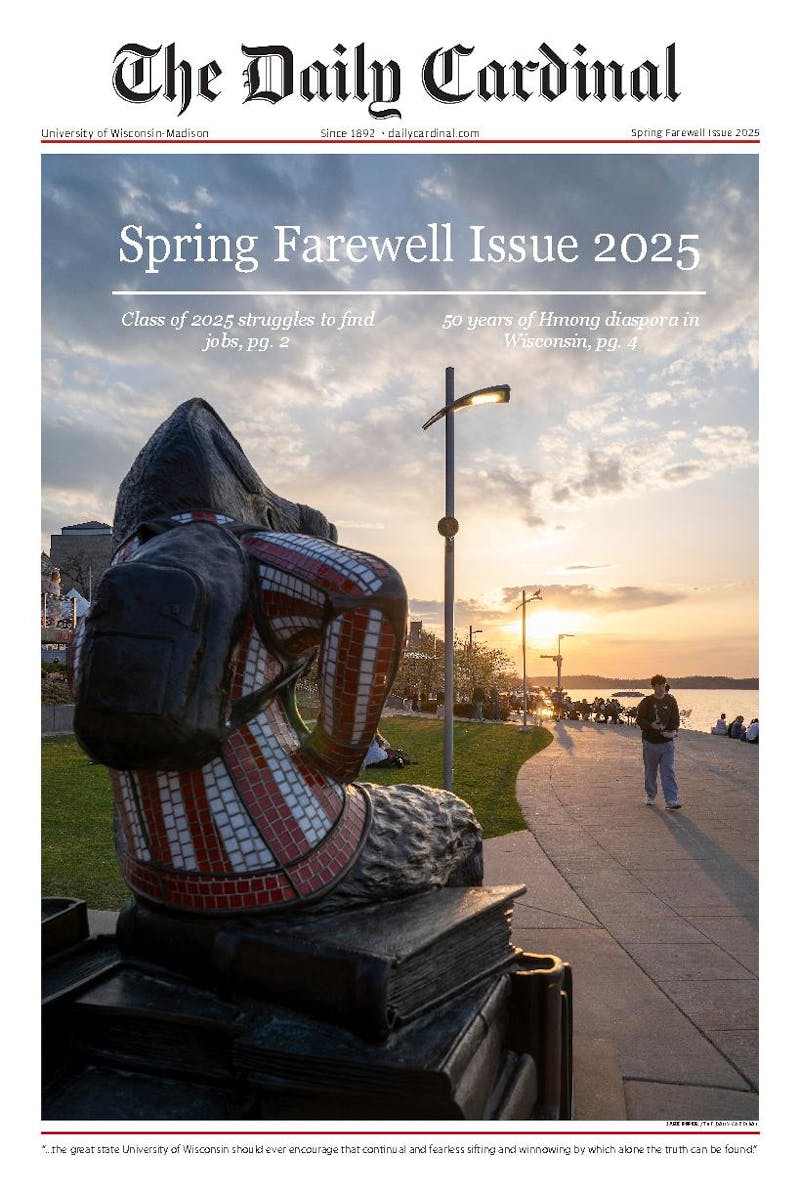The number of underrepresented students of color in the University of Wisconsin-Madison freshman class dropped from 18% to 14.3% this year following the U.S. Supreme Court’s race-conscious affirmative action ban last June.
Underrepresented students of color include domestic students who identify as “African American/Black, Vietnamese, Hmong, Laotian, Cambodian, Hispanic/Latino(a), Native Hawaiian/Pacific Islander or American Indian/Alaska Native,” according to UW-Madison.
Despite these drops, UW-Madison Chancellor Jennifer Mnookin emphasized the importance of a diverse college experience in a UW-Madison news release.
“Though declines are disappointing, I want to be clear that our commitment to these students and their communities remains steadfast,” Mnookin said. “We are fully committed to further efforts to build a campus community that welcomes people from all identities, lived experiences, perspectives, and beliefs, and to do this work in ways that comply with the law and align with our mission and our values.”
UW-Madison previously considered race in admissions processes and now focuses primarily on “academic strength” and also “written statements, extracurriculars, recommendations, and the range of experiences, talents, and backgrounds candidates will bring to the university,” according to Mnookin’s response to the affirmative action ruling.
Opponents of race-conscious affirmative action argued it gives unequal access to qualified candidates for universities, putting one’s skin color in front of their academic ability. Supporters of race-conscious affirmative action argue it helps to combat systemic inequality in the United States, where certain marginalized groups have unequal access to educational opportunities.
Along with announcing this shift in enrollment, UW-Madison advertised its “new outreach and recruiting” initiatives for prospective students from lower-income backgrounds.
One of these initiatives, launched by the university in August, is the “College for Rural Wisconsin” initiative, which seeks to expand college access to rural Wisconsinites. Students can text a hotline to receive tips on getting financial aid for college, according to the program’s website.
UW-Madison also recently launched the “Wisconsin Tribal Educational Promise Program” which provides a full scholarship for undergraduate members of Wisconsin’s Native Nations.
UW-Madison is also continuing two programs that reduce the cost of tuition for low-income students, including Bucky’s Tuition Promise and Bucky’s Pell Pathway.
Asian student enrollment dropped slightly from 12% in last year’s freshman class to 11.8% in the 2024-25 freshman class, although overall enrollment of Asian students has increased as UW-Madison expands its undergraduate population. White student enrollment at UW-Madison increased by 2.4% points this year.
Students for Fair Admissions, the organization that brought the federal case against Harvard that led to the affirmative action ruling, suggested they may sue Yale, Princeton and Duke after Asian American enrollment declined in their new freshman class. The organization had argued in its original lawsuit that affirmative action unfairly hurt the chances of Asian American students to get accepted to elite universities.
Editor's Note: This story was last updated on Sept. 25, 2024 at 10:17 a.m. to clarify point percent changes.






